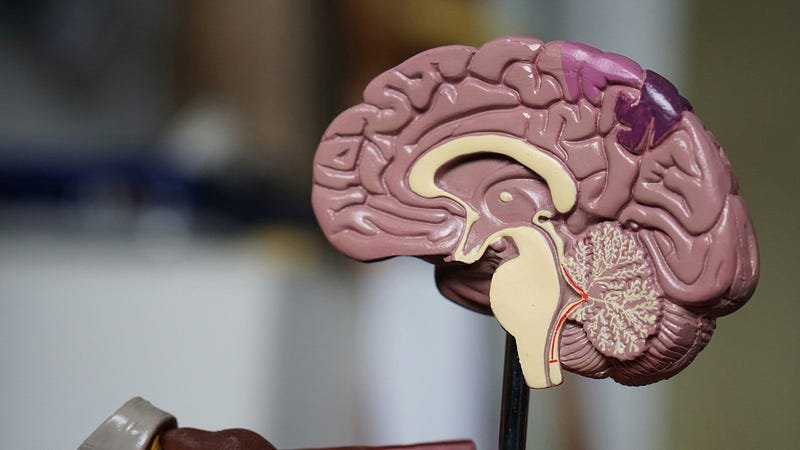Here’s a detailed blog post draft on geofencing technology and its applications:—Imagine receiving a notification on your phone the moment you walk into your favorite coffee shop, or a store sending you a coupon as you drive past. These experiences are possible thanks to geofencing technology, a tool that’s quietly reshaping marketing, logistics, security, and even everyday convenience.
What Is Geofencing?
Geofencing is a location-based technology that creates a virtual boundary around a specific geographic area. Using GPS, RFID, Wi-Fi, or cellular data, geofencing systems can detect when a device—like a smartphone, tablet, or wearable—enters or exits the defined zone. Once triggered, the system can perform predefined actions such as sending notifications, alerts, or even initiating automated processes.Think of it as a digital invisible fence. Just like a real fence tells you when someone enters your property, geofencing tells software when a device crosses a specific boundary.
Applications of Geofencing
The applications of geofencing are vast and growing across industries:
1. Retail and Marketing:
Retailers use geofencing to deliver highly targeted promotions. For instance, when a potential customer walks near a store, the business can send a personalized discount or alert. This improves engagement and boosts in-store traffic, often in real time.
2. Fleet Management and Logistics:
Companies managing delivery trucks or service vehicles use geofencing to monitor routes, prevent unauthorized use, and optimize logistics. If a vehicle leaves its designated area, managers receive instant notifications, improving efficiency and security.
3. Security and Access Control:
Geofencing enhances security systems by defining virtual perimeters around sensitive areas. When an unauthorized device enters, the system can trigger alarms, lock doors, or notify security personnel. Schools, offices, and industrial sites increasingly use this for safety compliance.
4. Smart Homes and IoT:
Geofencing powers smart home automation. For example, lights, thermostats, and security systems can automatically adjust when you leave or arrive home. It makes daily routines seamless and energy-efficient.
5. Healthcare:
Hospitals and care facilities use geofencing to monitor patients, especially those with cognitive challenges like Alzheimer’s. Alerts can notify staff if a patient leaves a safe zone, enhancing safety.
6. Workforce Management:Employers can use geofencing to track employee attendance and productivity, ensuring staff are on-site during work hours without invasive surveillance.
7. Gaming and Social Media:
Popular games like Pokémon GO rely on geofencing to create location-based challenges, while social apps use it for location-specific features and events.
8. Event Management and Tourism:
Event organizers use geofencing to guide visitors, send updates, or manage crowd flow. Tourist attractions leverage it to deliver information or promotions as visitors explore designated zones.
The Future of Geofencing
As GPS accuracy improves and IoT devices proliferate, geofencing is becoming more precise and integrated. Combined with AI and data analytics, geofencing can predict user behavior, personalize experiences, and even automate large-scale operations seamlessly.In short, geofencing is more than a marketing gimmick—it’s a powerful tool for automation, engagement, and efficiency. From enhancing customer experiences to ensuring security, it’s quietly becoming an essential part of the digital ecosystem.


